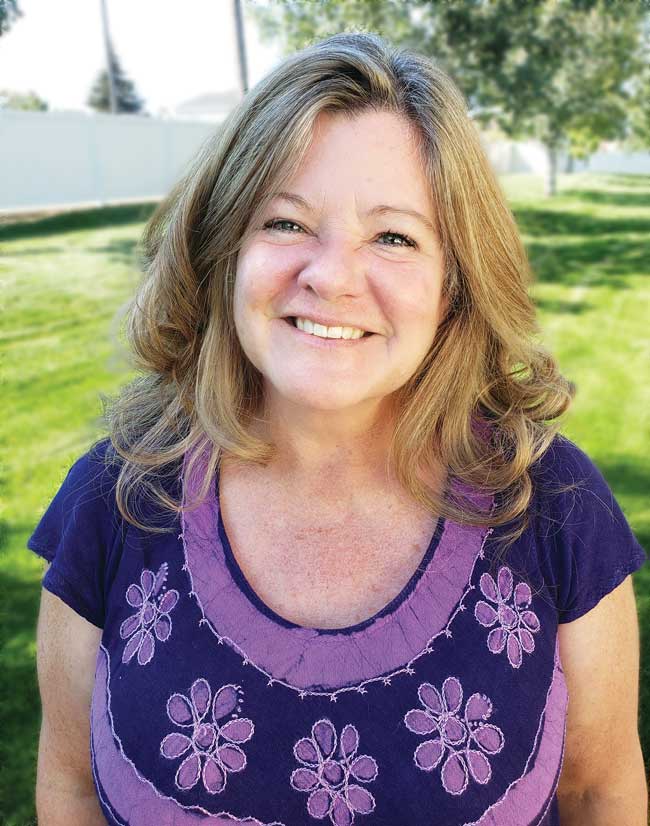When I was eight years old, I made a new friend whose birthday was on February 29. She told me that our calendar only has February 29 every four years. She said it’s called a leap year. What? She only has a birthday every four years? That’s crazy! I was dumbfounded. If anyone tried to explain the astronomical reason for this nonsense, I don’t remember. I do remember that I thought it was hilarious that she looked like she was eight, but she was only two years old!
At the time, I didn’t have the sense to wonder about the broader implications. Could she get a driver’s license and vote when she was only four? Could she legally drink alcohol when she was only five? But I did wonder if she would actually age in the same progression as the rest of us. Most importantly to an eight-year old, did she have to wait four years to have her birthday party?
Of course, like all “Leaplings,” she did celebrate her birthday every year. And she did age normally. Phew.
As 2024 is a leap year, my friend gets to celebrate her birthday on the actual date of her birth this year. (Happy birthday Debbie!) She joins about five million other leap year babies around the world, celebrating their leap year birthdays.
So what is this leap year all about?
Long story short: Our calendar is based on a 365-day year, suggesting it takes 365 days for earth to orbit around the sun. In fact, it takes our planet closer to 365.25 days (365 days, 5 hours, 48 minutes and 46 seconds) to orbit around the sun. An extra day added every four years at the end of February keeps our calendar in sync with the seasons.
Short story long: Up until the late 1500s, Europeans followed the Julian calendar, created by Roman emperor Julius Caesar in 46 B.C. The Julian calendar, however, had a problem. Caesar mistakenly believed a solar year lasted 365.25 days. This was an overestimation of about 11 minutes. The result was that the calendar drifted about one day every 314 years. Over the years, this led to the calendar months falling out of sync with the seasons.
In the 1500s, the Catholic church grew concerned about the observation of Easter. Easter was traditionally observed on the Sunday after the first full moon after the spring equinox, which was March 21. The miscalculation of the Julian calendar meant that each year, March 21 was falling further away from the spring equinox.
In February, 1582, after years of research and consultations with scientists and mathematicians, Pope Gregory XIII signed an edict creating a new calendar, which we now know as the Gregorian calendar. First, to realign the calendar with the seasons, Gregory ordered churches to drop 10 days from October in the 1582 calendar. In 1582, October 4 was followed directly by October 15. This brought the spring equinox from March 11 back to March 21. Gregory chose to subtract days from October to avoid skipping any major Christian festivals.
Pope Gregory also changed the system for leap (extra) days. While the Julian calendar did add a day to the month of February every four years, Gregory’s system added a leap day only in those years whose numbers can be evenly divided by 4, the exception being those years that are also divisible by 100, unless they are also divisible by 400 (for example, the year 1600).
Coming around only every four years, February 29 is the perfect day for commemorating the changes we experience in four-year increments. For example, on February 29, 2024 you could:
• Write a letter to yourself and seal it until February 29, 2028. Add details about your life as it looks right now. What are you up to these days? What are you watching? What are you listening to? What are you eating? How about where you see yourself in four years? Your future self will love to read about it.
• Preserve the moment by creating a time capsule. Add photos and mementos that will remind you of this time in your life. Seal it up and open it on February 29, 2028.
• Make a leap day playlist. Collect all your favorite songs of the moment. I love this idea because my teenage daughter recently found a CD compilation I made for her third birthday. She delights in hearing the music that was popular at that time.
• Watch a leap day movie. Set in Ireland, the 2010 romantic comedy, Leap Year, stars Amy Adams as a woman who goes to great lengths to get a marriage proposal on leap day.
The plot of this movie is significant to leap day folklore, but has it backwards. It’s actually tradition in Ireland for women to propose to men on leap day. Legend has it that in the 5th century, Saint Bridgid, patroness saint of Ireland, complained to Saint Patrick that men take too long to propose. She asked Patrick to give women an opportunity to propose, a concept unheard of at the time.
Patrick offered Brigid a deal. He suggested that women could propose to men, but only every seven years. After some tough negotiating on Brigid’s part, they compromised, and women were granted the right to propose every four years. To this day, February 29 is known as Bachelor’s Day or Ladies’ Privilege in Ireland.
I was unaware of this tradition when I proposed to my husband in December. Had I known, surely I would have waited to propose until February 29 in honor of my ancestors.
While I have no beef with adding an extra day to the calendar every four years, I have bemoaned the fact that the extra day is in February. February can be cold and dreary here in the Inland Northwest. Can’t we just get on with spring already? Could we please have an extra day of summer instead of at the end of a long winter?
A man from Shoreham, West Sussex, is campaigning for just that. This year Chris Snowden started a petition to change the leap day to June 31. “Every four years we all get an extra day of life thanks to the system of leap years. But why have an extra day in February (cold, dark) when when could have an extra day in June (lovely summer)? I am calling on the British government to move February 29th to June 31st with immediate effect. Ideally the whole world – or, more realistically, the northern hemisphere – would switch at the same time, but the UK has the opportunity to take the lead.”
At the time of this writing, Mr. Snowden has a total of 387 signatures. I don’t know how many signatures he needs, but if you’d like an extra day of summer every four years, you can sign the petition at https://www.change.org/p/move-february-29th-to-june-31st.
I personally love the idea. And imagine the implications for all the Leaplings. They would stay at their current ages in perpetuity. Happy birthday Leaplings!
Amy McGarry grew up in Spokane Valley, Washington. After a 20 year hiatus, she moved back to Spokane Valley where she lives with her husband, daughter and two cats. She is the author of “I am Farang: Adventures of a Peace Corps Volunteer in Thailand” available on Amazon.com, Auntie’s Bookstore, and Barnes and Noble.



